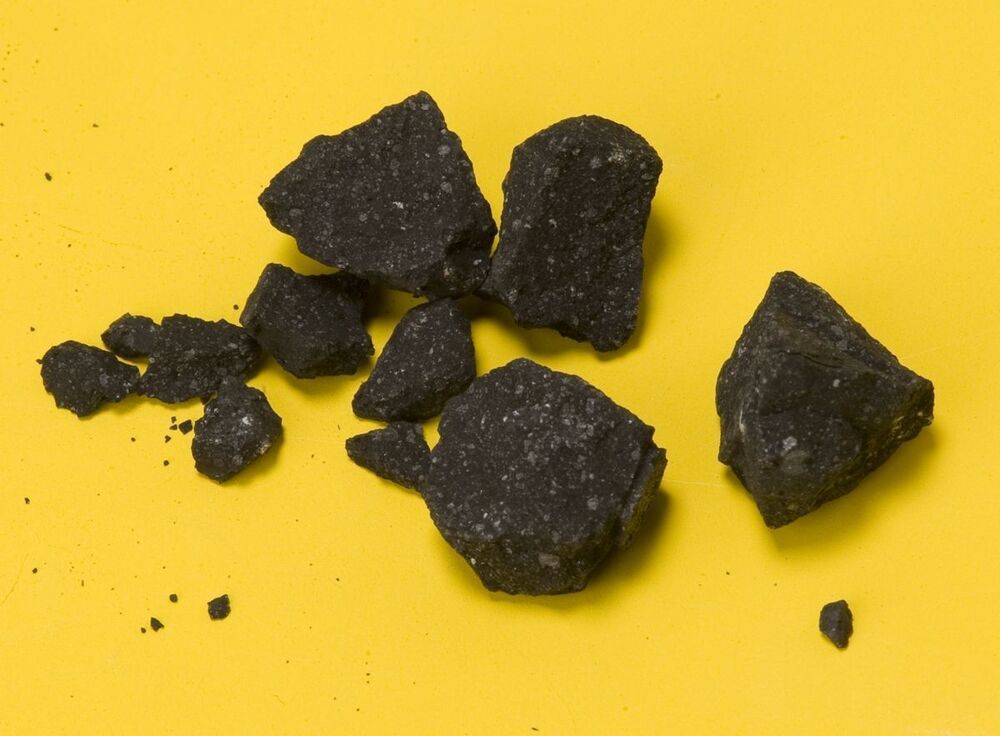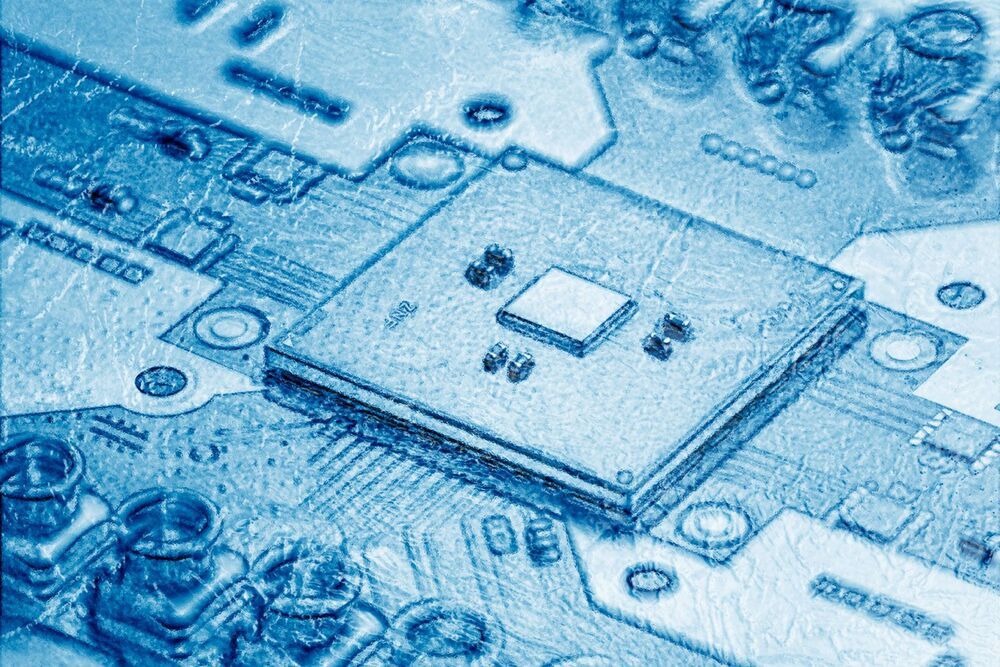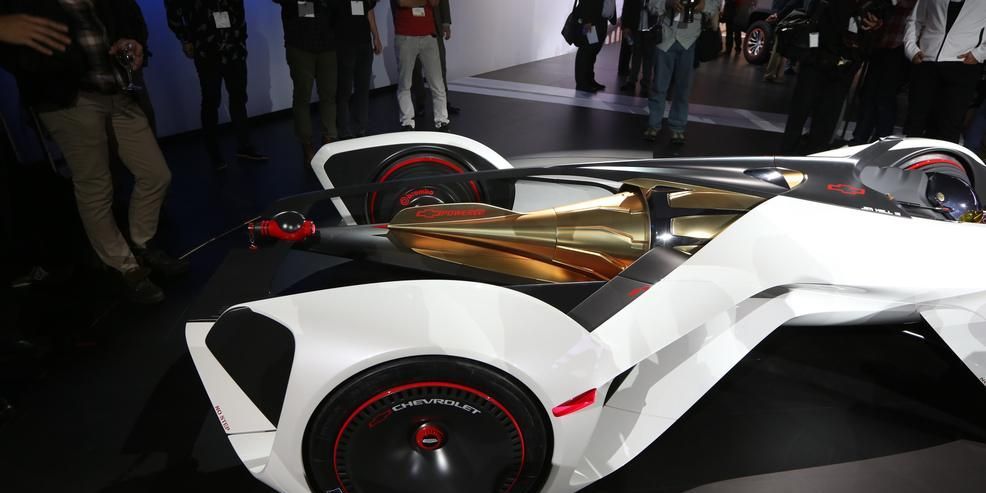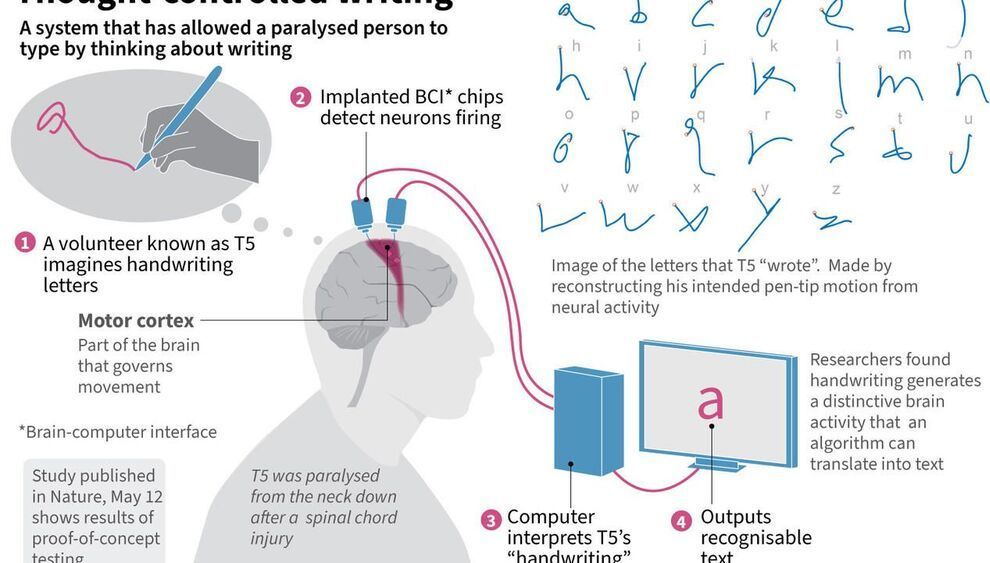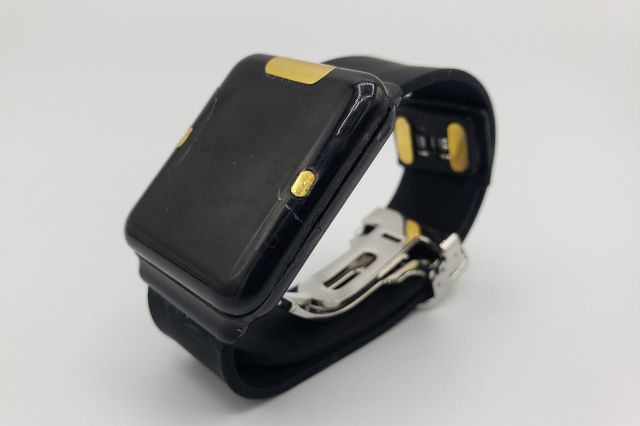Scientists have spotted water in a primitive meteorite, expanding our understanding of the ancient solar system.
Intel has overcome a quantum computing bottleneck by controlling two qubits with a cryogenic control chip.
Skin aging is a multifactorial process consisting of two distinct and independent mechanisms: intrinsic and extrinsic aging. Youthful skin retains its turgor, resilience and pliability, among others, due to its high content of water. Daily external injury, in addition to the normal process of aging, causes loss of moisture. The key molecule involved in skin moisture is hyaluronic acid (HA) that has unique capacity in retaining water. There are multiple sites for the control of HA synthesis, deposition, cell and protein association and degradation, reflecting the complexity of HA metabolism. The enzymes that synthesize or catabolize HA and HA receptors responsible for many of the functions of HA are all multigene families with distinct patterns of tissue expression. Understanding the metabolism of HA in the different layers of the skin and the interactions of HA with other skin components will facilitate the ability to modulate skin moisture in a rational manner.
Keywords: hyaluronic acid, hyaluronic acid synthases, hyaluronidases, CD44, RHAMM, skin aging.
Human skin aging is a complex biological process, not yet fully understood. It is the result of two biologically independent processes. The first is intrinsic or innate aging, an unpreventable process, which affects the skin in the same pattern as it affects all internal organs. The second is extrinsic aging, which is the result of exposure to external factors, mainly ultraviolet (UV) irradiation, that is also referred to as photoaging.1 Intrinsic skin aging is influenced by hormonal changes that occur with age,2 such as the gradual decreased production of sex hormones from the mid-twenties and the diminution of estrogens and progesterone associated with menopause. It is well established that the deficiency in estrogens and androgens results in collagen degradation, dryness, loss of elasticity, epidermal atrophy and wrinkling of the skin.3
Whether it’s turning forests into cropland or savannah into pastures, humanity has repurposed land over the last 60 years equivalent in area to Africa and Europe combined, researchers said Tuesday.
If you count all such transitions since 1960, it adds up to about 43 million square kilometres (16.5 square miles), four times more than previous estimates, according to a study in Nature Communications.
“Since land use plays a central role for climate mitigation, biodiversity and food production, understanding its full dynamics is essential for sustainable land use strategies,” lead author Karina Winkler, a physical geographer at Wageningen University & Research in the Netherlands, told AFP.
While drivers scrambled for fuel, Colonial Pipeline said supplies would resume flowing from Texas to the East Coast in the coming days.
O,., o!Awesome: 3.
Chevrolet built a full-scale version of its Gran Turismo 6 concept—and it has a wild, theoretical drivetrain.
Tokyo (AFP)
Paralysed from the neck down, the man stares intently at a screen. As he imagines handwriting letters, they appear before him as typed text thanks to a new brain implant.
The 65-year-old is “typing” at a speed similar to his peers tapping on a smartphone, using a device that could one day help paralysed people communicate quickly and easily.
Five Kids From The Future
Posted in futurism, sustainability

Children are our future, in every sense of the word. But what might that future be like, and how might it shape the lives of young people? Thanks to COVID and numerous other social, ecological, and technological shifts taking place right now, the future of childhood is evolving.
So what happens when three leading female futurists come together to envision what the children of the future could be like or what world they might inhabit? The result is this article, that shares creative and thought-provoking profiles of five kids from the future.
https://www.forbes.com/sites/cathyhackl/2021/04/18/five-kids…026247a379
CES 2021 is blowing up with a lot of announcements despite being a virtual event. Among the lot, a Japanese Startup now says that its wearable can help you monitor Blood Glucose without piercing your skin.
Quantum Operation Inc., has showcased a prototype of a Wearable that typically is like a Smartwatch. It says that the wearable can measure and monitor the Glucose levels in Blood precisely in addition to heart rate and ECG. Apparently, this is possible due to the presence of a Spectrometer inside.
This marine marriage has been going strong for 273 million years.
Paleontologists have rediscovered a symbiotic relationship between two deep-sea animals that were previously thought to have disappeared from fossil record hundreds of millions of years ago.
The ancient pair identified in a new report — published in the journal Palaeogeography, Palaeoclimatology, Palaeoecology — are two types of non-skeletal coral and crinoid, or sea lilies, an animal whose cousins in the phylum Echinodermata include starfish and sea urchins.
